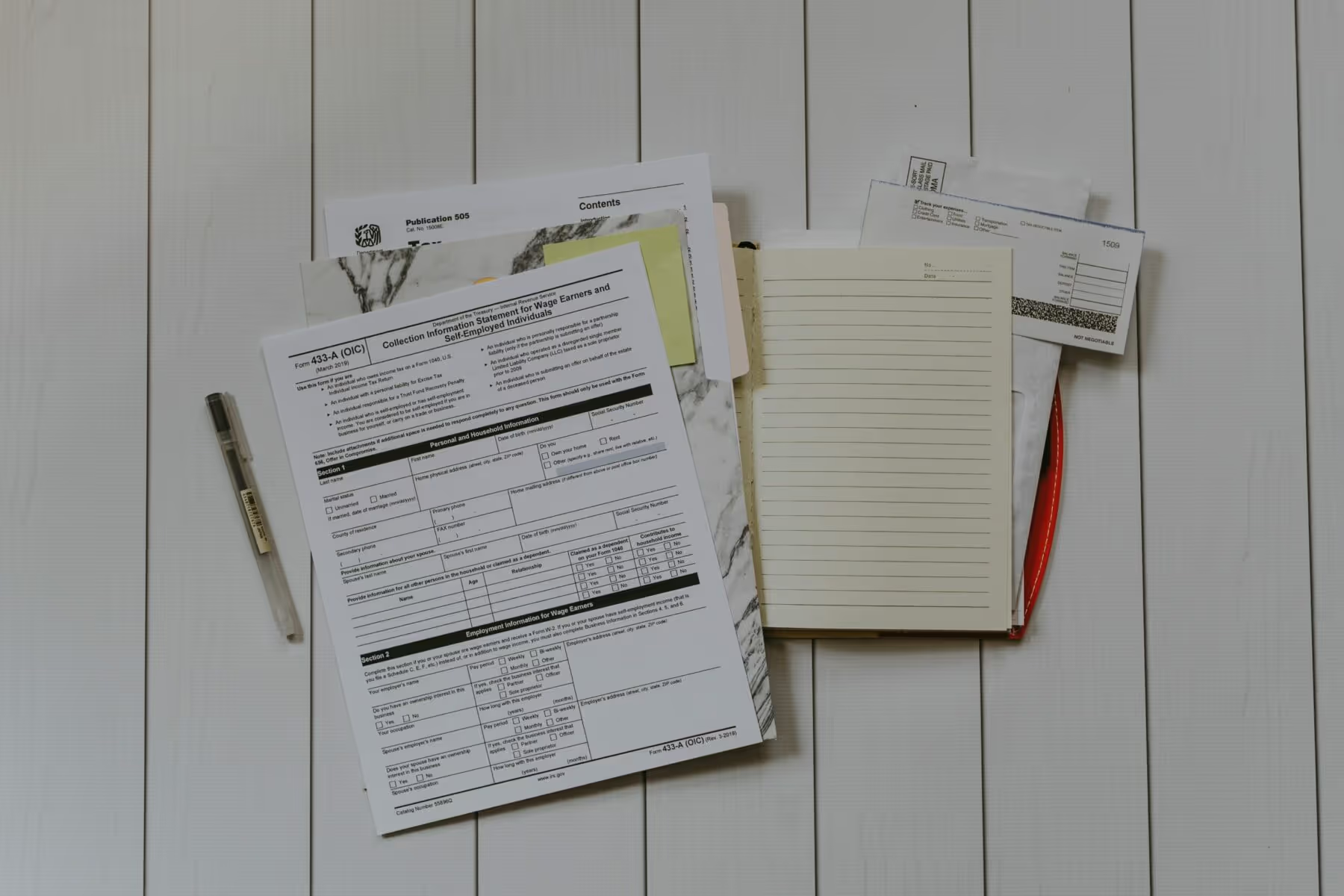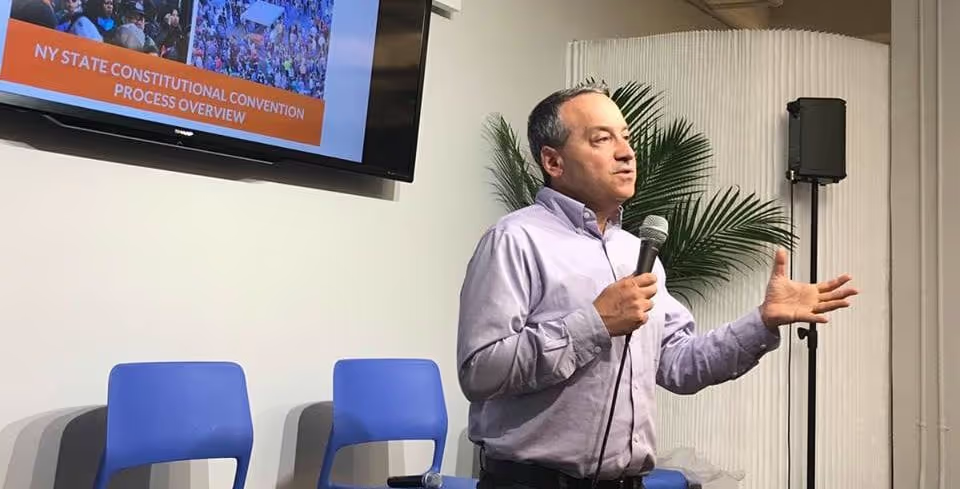Creating and writing bylaws for any organization or company can appear like a hard task at first glance due to factors like confusing jargon and a large amount of information online.
Luckily, writing bylaws for a nonprofit does not have to be as difficult or complicated as it seems. Bylaws are an important part of every organization and should be treated with importance. Keep reading to find out what nonprofit bylaws are, how to write them, tips for writing them, and mistakes to look out for.
What are Bylaws?
Bylaws are operational rules meant to guide the board of directors of an organization. They come in the form of a written document that is both legal and binding, so they should be taken seriously. Bylaws help maintain organization and keep decision-making in check and are crucial to the functioning of the board of directors. Many rules, procedures, and processes are outlined in an organization’s bylaws. For example, things such as organization-related requirements, details on how elections will work, and the structure of meetings or how to organize meetings may all be included. Essentially, bylaws act as a sort of guidebook or rulebook for many of the most essential functions in an organization and can be used as a reference in difficult or complicated situations in the future.
How to Write Bylaws
Research
One of the first steps you will want to take when writing bylaws is to do detailed research. Bylaws are regulated differently depending on what state your organization is located in, so it may be helpful to look up the bylaws from some local organizations, as well as stay
knowledgeable about the local laws and regulations. Choosing to look at bylaws from similar organizations can ensure that the examples are relevant.
Make a draft bylaw
After you have done some research, you should be prepared to create a draft bylaw. If you still need help, read further in this article to find a step-by-step guide for what to include in your draft bylaw. Some of the most essential elements that need to be included in a draft bylaw are your organization’s name and purpose, information about memberships, the roles and duties of board members, how to handle financial information, and an outline of how to keep the bylaws up to date or amended.
Have the draft reviewed
Once a draft bylaw has been created, it is essential to have a qualified legal professional review it. This will allow all of the legal aspects to be taken care of and ensure that the bylaw adheres to any state or local laws, regulations, or restrictions. An attorney or legal professional is not the only person who should review the draft, however. After being reviewed from a legal standpoint, the draft should be reviewed by the board of directors for your nonprofit. The board can read and review the bylaws, and then vote on whether to approve them or not.
Publish the bylaws
If the board of directors approves the bylaws, they can be published and distributed to anyone with relevant interest or involvement in the organization. For example, stockholders, employees, board leaders, and business members are all people that may benefit from seeing the bylaws. It may also be helpful to publish the bylaws on your organization’s website for the sake of transparency and clarity.
The Specifics of Bylaws
If you are struggling with how to begin writing your bylaws, look no further. The following is an example of some crucial sections you will want to include in your bylaws.
Article 1- Name
One of the first parts of your bylaws should state the name of your organization.
Article 2- Corporate Purpose
The second article of your bylaw usually contains two sections: nonprofit purpose and specific purpose. The nonprofit purpose should say something such as “This corporation is organized exclusively for charitable, religious, educational, and scientific purposes, including, for such purposes, the making of distributions to organizations that qualify as exempt organizations under section 501(c)(3) of the Internal Revenue Code, or the corresponding section of any future federal tax code,” and is recommended to be included if your organization wants to apply for 501.c.3 status. The second section of corporate purpose will be the specific purpose of your organization, as well as some of the specific actions or activities your nonprofit will participate in. There is no need to be too specific here, but a general idea or description of your nonprofit’s objectives should be stated.
Article 3- Membership
Membership may involve groups such as the board of directors, public members, or any other members you might have within your organization. If your nonprofit does include public members, you should list out the criteria for membership, details about any dues, what rights are and aren’t included with membership, and the resignation process.
Article 4- Meetings of Members
Only applicable if your nonprofit contains public members, this article should detail the specifics of where, when, and how public meetings will occur, as well as how the voting process during meetings will work. This can be broken down into regular meetings, annual meetings, special meetings, etc.
Article 5- Board of Directors
This article tends to be the longest because it details all of the many responsibilities of the board of directors. It should contain the control, power, and level of authority that the board will have, any requirements, tenure, or qualifications needed, details on regular meetings and special meetings, information about things like notice, the quorum, forfeiture, vacancies, compensation, confidentiality, removal, etc. Overall, this section will serve as a way to detail For a full list of every aspect to include, check out this sample bylaw.
Article 6- Officers
Because officers can play a vital role to the board of directors, as well as the fact that many states require that you have officer positions, the sixth article in your bylaws should focus on officers. This article can break down the duties of people such as the president, vice-president, secretary, treasurer, etc., as well as the removal process of officers and what to do for vacancies.
Article 7- Committees
This section of your bylaw should go over the different committees that exist within your nonprofit and the function of these committees. You can also specify what requirements each committee will need to meet, such as how often they are meeting, etc.
Article 8- Corporate Staff
The Corporate Staff section of your bylaw should outline the responsibilities of any corporate staff, such as Executive Directors. It can also include information on avoiding conflicts of interest.
Article 9- Conflict of Interest and Compensation
This article is especially important because the IRS may ask about it or require bylaws to have strong policies related to conflicts of interest. They even have certain language and phrasing that they recommend putting in your bylaws. Elements such as the purpose of the conflict of interest policy, definitions of terms like financial interest and compensation, an outline of procedures, and other financial-related information should be included in this section. A full breakdown of every element can be found on this sample bylaw.
Article 10- Indemnification
Indemnification can be defined as a promise that one party makes to cover your losses if they do anything that causes you harm or causes someone else to sue you. This article normally has three sections: general, expenses, and insurance.
Article 11- Books and Records
Article 11 should include the standard wording of “The corporation shall keep complete books and records of account and minutes of the proceedings of the Board of Directors.”
Article 12- Amendments
The final article in a nonprofit bylaw should be the amendments. This section is important because it will outline the process of amending the bylaws in the future. Typically, the amendments article includes two sections: articles of incorporation and bylaws. Articles of incorporation usually need a complete majority vote, while bylaws usually need a majority vote.
Article 13- Adoption of Bylaws
While technically not an article, the last section of the bylaws should include space and lines for the signatures of the board of directors, the president of the nonprofit, and the secretary.
Resources
Although the laws and requirements for bylaws vary from state to state, there are many resources and sample bylaws online that can help you if you get stuck or confused. The list below includes some detailed and throughout sample bylaws and resources for writing bylaws.
- Board Effect Sample Bylaw
- Garivers Sample Nonprofit Bylaws
- Harbor Compliance Nonprofit Bylaws Template
- NonprofitAlly Tips for Writing Nonprofit Bylaws
Nonprofit bylaws are an incredibly important aspect of every nonprofit organization and should be handled carefully. When creating bylaws, the first step should be doing research. Every state has slightly different rules and requirements when it comes to bylaws, so it is crucial that your organization looks for relevant information. After research, the bylaws can be drafted and then reviewed by both a qualified legal professional and the board of directors. Finally, after being review, the bylaws can be published and implemented.
By Amanda Conover
.svg)


.svg)
.svg)
.svg)

.avif)








































































































.svg)
.svg)
.svg)
.svg)